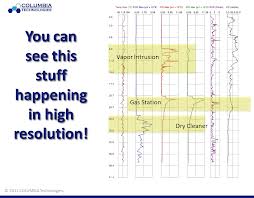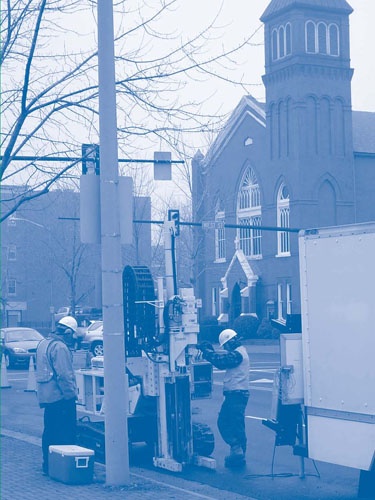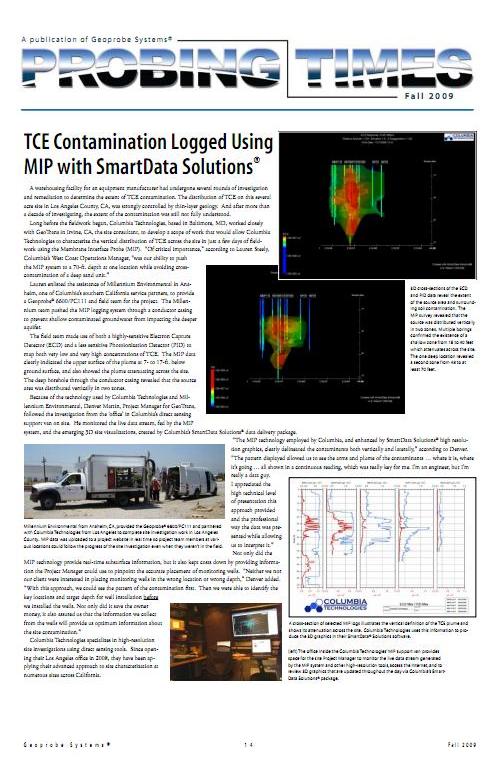How Comprehensive Site Assessments and Better Data with Integrated Technologies Makes a Difference
Would a comprehensive site assessment and better data with multiple technology integration make a...





